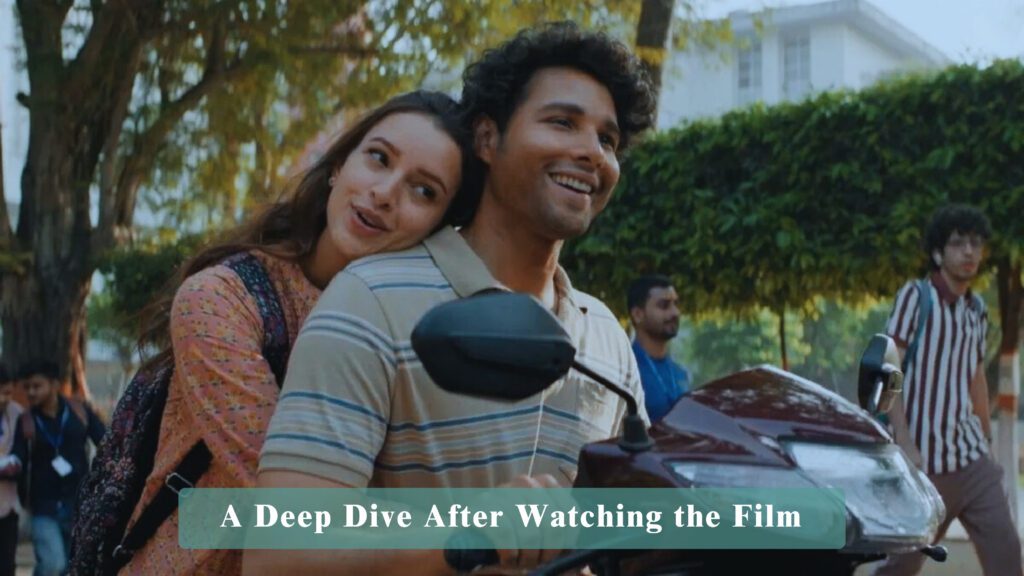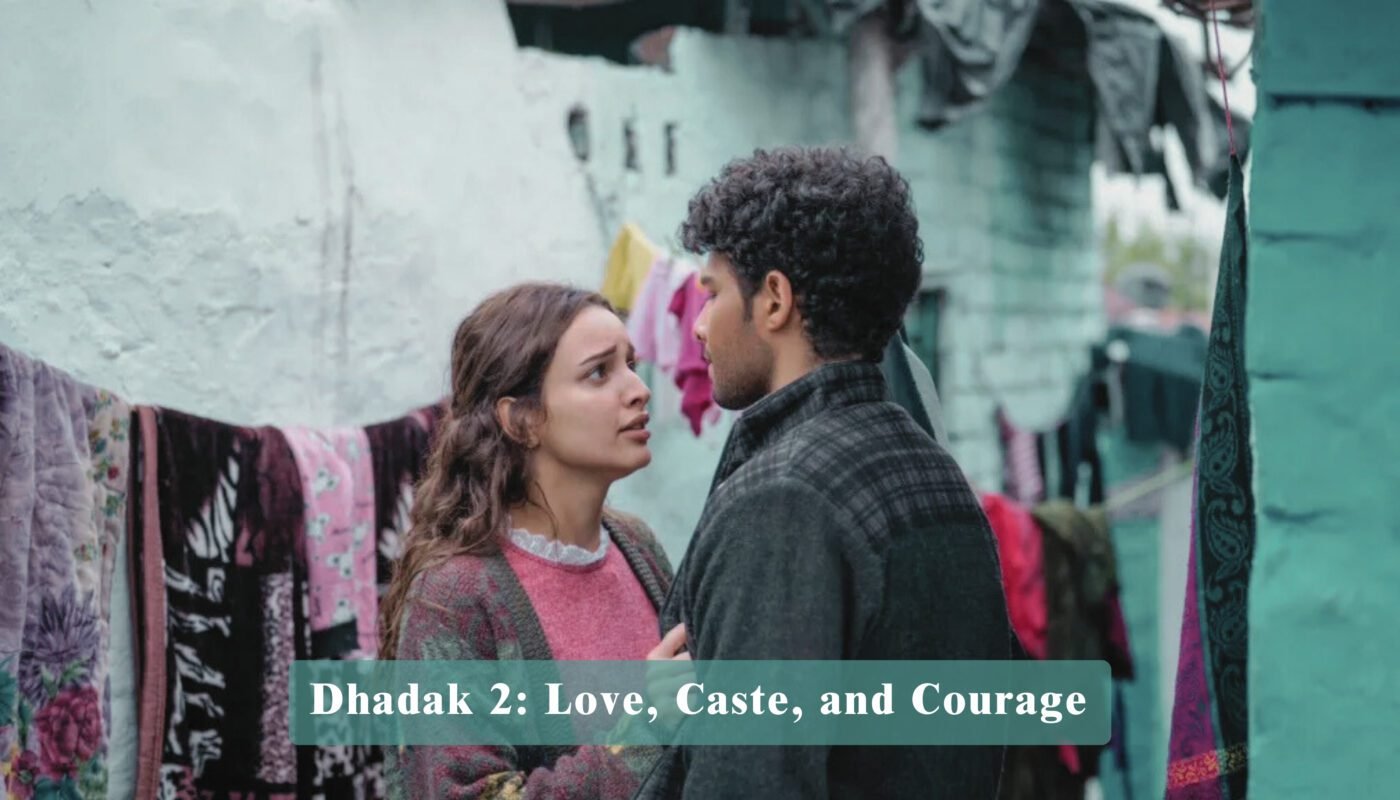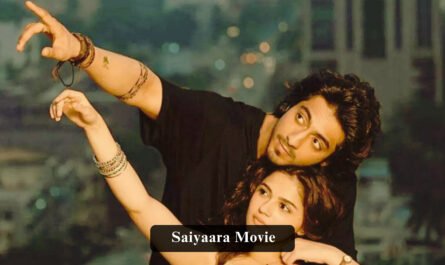Introduction
When I stepped into the theater to watch Dhadak 2, I expected a romantic drama with a sprinkle of social commentary. What I experienced instead was a film that ripped open conversations we often avoid — about caste, privilege, ambition, and the cost of love in a world that still measures people by where they come from.
Dhadak 2 is not just a follow-up to a popular love story — it’s a bold leap into territory many filmmakers hesitate to explore. With an unflinching focus on caste inequality, layered performances, and raw storytelling, it’s the kind of cinema that doesn’t just entertain — it makes you question yourself.
Over the next few sections, I’m going to walk you through the social message, the cast and characters, the behind-the-scenes details, and finally my own emotional reaction after watching Dhadak 2.
1. The Social Message – Caste Inequality in the Heart of the Story
From the first few minutes, Dhadak 2 makes it clear — this isn’t going to be a sugar-coated romance. The love story between Neelesh and Vidhi is born in a college setting, but their relationship is constantly under the shadow of caste divisions.
Neelesh comes from a marginalized caste background, and his journey is shaped by the silent (and sometimes loud) reminders from society that he is “different.” He deliberately hides his surname to avoid prejudice, introducing himself simply as Neelesh, BA LLB. Even in casual college conversations, he avoids talking about his hometown or family — not because he’s ashamed, but because he knows how quickly people can change once they label him.
Vidhi, on the other hand, is from an upper-caste, educated, “liberal” family. But the film is brutally honest — even progressive families have invisible lines they don’t want crossed. Vidhi’s world is full of opportunities, while Neelesh constantly fights for the space to just exist without judgment.
Throughout Dhadak 2, we see how subtle discrimination is just as harmful as the obvious kind. Professors make sly comments about Neelesh’s “quota” admission, classmates tease him about his accent and English, and strangers question his worth without knowing his abilities. The film doesn’t turn these into exaggerated melodrama — instead, they appear as everyday moments, which makes them more unsettling.
As the love story deepens, the caste gap becomes more dangerous. Vidhi’s family, initially tolerant, turns protective of “their kind,” and Neelesh faces the painful truth — in a society built on centuries of division, love can be a rebellion, but rebellions have consequences.
2. Cast and Characters – Breathing Life into the Story
The film’s strength lies heavily in its casting. Each actor feels perfectly matched to their role, bringing authenticity to a story that demands emotional truth.
Siddhant Chaturvedi as Neelesh Ahirwar
Siddhant delivers what I’d call the most controlled and moving performance of his career so far. His Neelesh is quiet but never weak — a man who understands the weight of his circumstances yet dares to dream of love and success. The way he uses body language — avoiding eye contact when insulted, hesitating before touching Vidhi’s hand in public — speaks volumes.
Triptii Dimri as Vidhi Bharadwaj
Triptii plays Vidhi with a balance of innocence and quiet rebellion. She’s intelligent, independent, and aware of her privilege, yet also constrained by family expectations. Triptii’s chemistry with Siddhant feels genuine — the stolen glances, the awkward laughs, the moments of defiance — all feel natural, not scripted.
Supporting Cast
The secondary characters aren’t just filler — they add layers to the world of Dhadak 2. Neelesh’s college friends, Vidhi’s protective father, the stern college principal, and even the classmates who mock him all contribute to the film’s authenticity. Each interaction builds the larger picture of a society still deeply divided.
3. Behind the Scenes – Locations, Production, and Creative Choices

One of the things that made Dhadak 2 stand out for me was how grounded it felt visually. The filmmakers didn’t rely on over-glamorous sets or artificial backdrops — instead, they shot in real towns, colleges, and streets that felt alive.
Filming Locations
Most of the college scenes were filmed in a real educational campus, giving them an organic, lived-in quality. The narrow streets, local tea stalls, and crowded markets weren’t dressed-up movie sets — they were the real thing, full of life and imperfection.
Direction by Shazia Iqbal
This is Shazia Iqbal’s feature film debut, and she’s made a strong statement. Her direction is careful and precise — she doesn’t over-dramatize the romantic moments or the caste-related conflicts. Instead, she lets silence, body language, and small details tell the story.
Music and Background Score
The soundtrack of Dhadak 2 is soulful, but it doesn’t overpower the story. Each song feels like a natural extension of the narrative — from the tender romantic tracks to the heavier, emotional ones that play during moments of conflict.
Challenges During Filming
It’s no secret that films touching caste issues often face scrutiny. The creative team had to balance staying true to the message while ensuring it passed censorship. This meant finding smart, symbolic ways to address harsh realities without losing the audience’s connection to the love story.
4. Watching the Film – My Personal Experience
When I walked into the theater, I thought I’d be watching just another romantic drama. By the time I walked out, I felt like I had been through a journey — one that left me thoughtful, a little angry, and oddly hopeful.
Some scenes still linger in my mind. Like the moment Neelesh is humiliated in front of his class for a small mistake, and you can see him fighting to keep his dignity. Or when Vidhi tries to stand up to her family and realizes love isn’t the only thing at stake — it’s her sense of identity too.
The most powerful aspect of Dhadak 2 is how it makes you reflect on your own position in society. If you come from privilege, it’s a quiet wake-up call. If you’ve experienced discrimination, it feels like someone finally put your reality on screen.
5. Why Dhadak 2 Matters in Today’s Cinema
We live in a time when movies can either be pure escapism or deep social mirrors. Dhadak 2 manages to be both — it gives you characters to root for while forcing you to face uncomfortable truths.
It’s not a preachy film. It doesn’t deliver long lectures or moral speeches. Instead, it uses human relationships, subtle moments, and emotional honesty to start conversations. And that’s why it matters — because conversations lead to awareness, and awareness is the first step toward change.
Final Thoughts
Dhadak 2 is more than just a love story. It’s a reflection of the world we live in — a reminder that even in 2025, caste can still determine how people see you, treat you, and decide your future.
Watching it, I felt an emotional mix — admiration for the courage of the filmmakers, sadness for the reality it portrays, and a deep respect for the performances that made it all so real.
If you’re looking for a film that will stay with you long after the credits roll, Dhadak 2 is worth every minute.




